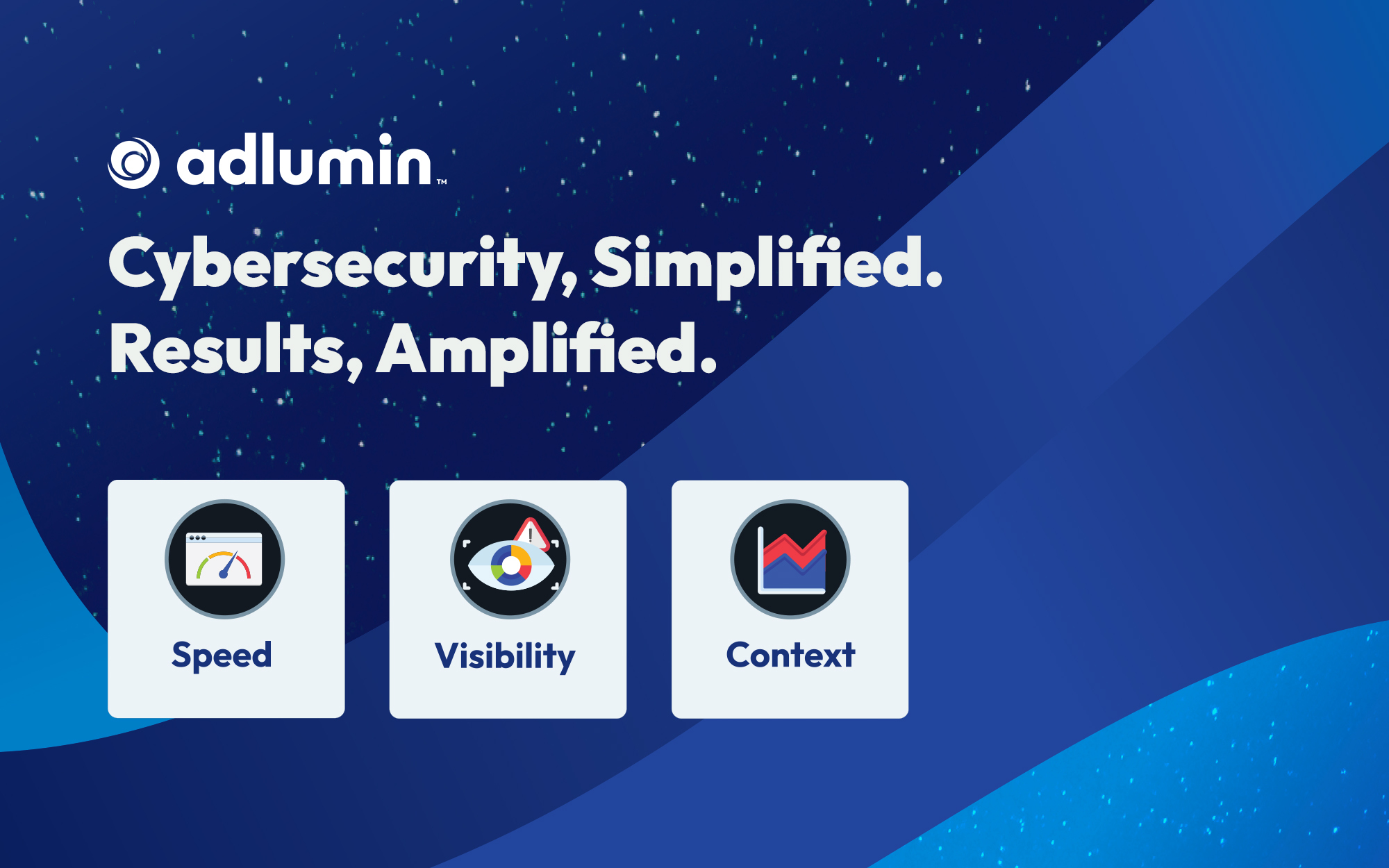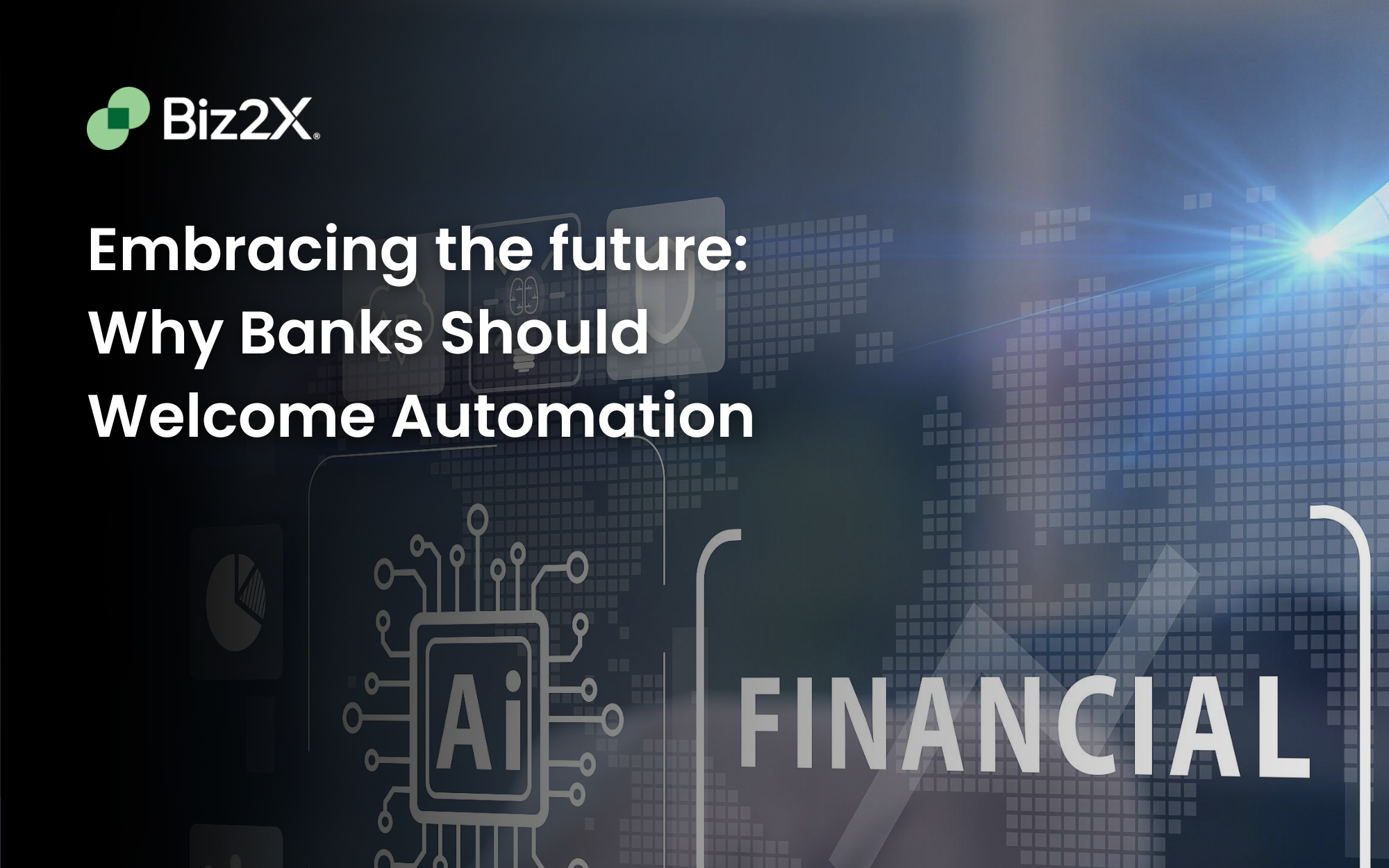Last year, the financial industry lost approximately $5.9 million per data breach, 28% higher than the global average, according to IBM. Due to this increase, community banks are investing in MDR services to help reduce their risk of attacks and irrefutable damage.
In navigating the diverse landscape of cybersecurity solutions, selecting the right solution for a community bank’s unique needs can be challenging. This article aims to simplify the decision-making process by diving into the basics of MDR solutions and what to consider when choosing a provider.
Breaking Down Managed Detection and Response (MDR) Providers
While MDR providers all aim to provide organizations with the necessary tools and services to detect and respond to security threats, the capabilities and offerings can vary significantly. Below are two broad classes of MDR providers:
#1 Pure-Play MDR
Pure-play MDR relies on a proprietary mix of third-party security tools and solutions, such as endpoint, SIEM, cloud access, or others, to collect logs and alerts. These providers use a customized technology stack, which their 24/7 Security Operations Center (SOC) monitors. Most pure-play MDR providers cannot decouple their technology stack from their SOC service offerings. While effective at detecting and responding to threats, this closed-loop approach often limits their ability to offer co-management, work effectively with partners and customer providers, and leaves customers reliant on their SOC to provide reports.
#2 Managed Endpoint (EDR) or SIEM
Given the expertise and dedicated resources required to properly manage endpoint and SIEM solutions, many customers outsource management to an MDR or managed IT service provider. Over the last few years, leading providers now offer a managed service based on their core technology offering. This managed service provides updating and operations, detection investigation, and specific response services based on the capabilities of its core technology offering.
What Community Banks Should Look for
To choose the solution that makes sense for your community bank, verify the efficiency of an MDR solution before investing in it. Here is a list of considerations when evaluating:
- Coverage: What methods are used to provide the greatest visibility beyond the endpoint?
- Detection: What methods are used to identify threats? Are they applying machine learning or artificial intelligence to detect advanced threats?
- Investigation: Will they alert you when things seem malicious? Or do they investigate and confirm for you? Investigations are dependent on the available telemetry, and it is essential to clarify if the provider will investigate alerts or simply notify you.
- Response: What does the host containment look like? Do they isolate systems, preventing the spread? Or block network traffic?
- Remediation: What type of guidance and/or recommendations will you receive and in what method?
It’s best to start by making sure that the capabilities fit your needs and understand that not all solutions are created equally.
Finding the Right Solution
Cybersecurity professionals have one of the toughest jobs protecting organizations from threats that are changing daily. To help, EDR vs. XDR vs. MDR: The Cybersecurity ABCs Explained breaks down the three primary threat detection and response solutions. To Learn more, request a demo.






